Box-welded pond liners are better suited to some pond builds especially regular shaped ones where a 2-dimensional pond liner installation will result in unsightly folds and creases. A box-welded pond liner is cut and fabricated or hot bond welded to the dimensions and design submitted by the customer. An overlay lip is included upon which flagstone or other edging material can be placed to secure the box-welded liner in place. The pond liner is then slipped into the pond dug-out – and above a sheet of Geotextile protective underlay liner. The result is a perfect fit to a formal pond.
Vertically sided ponds create a splendid feature in any garden and are often home to Koi-fish. Liners Online have the expertise to cater for ponds from simple designs to more complicated ones – including those with planting shelves, sloping bases, uneven depths or a haunched base to fit a bottom drain. For very sophisticated designs, the box-welded pond liner can be welded onsite.
Box-welded pond liners are also referred to as custom-made, tailored-to-fit, bespoke or made-to-measure liners. Butyl and Epalyn (EPDM) pond liners are a synthetic rubber material from which a box-welded liner is made. To assist in providing a box welded pond liner, a drawing is needed showing all the dimensions.
Box-welded pond liners fabricated from rubber pond liners
- gives a relaxed fit with no stretching
- UV resistant
- made-to-measure from simple shapes to intricate designs can all be catered for
- gives a neat and professional finish (eliminates creases and folds which have the potential for harbouring debris)
- tear resistant
- certified non-toxic to fish or other aquatic life
- comes with a 25 year guarantee provided it is installed above a protective underlay
Box-welded pond liners made for customers
Here are just some of the formal pond designs for which we have fabricated and supplied the pond liner:
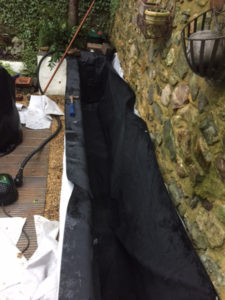
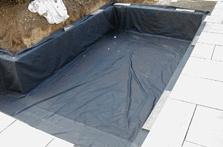
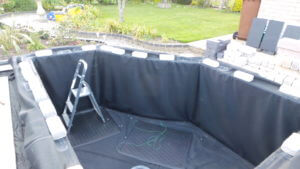
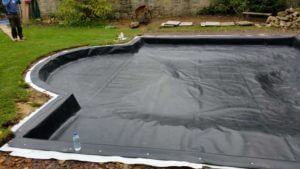
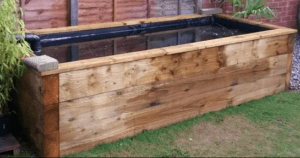
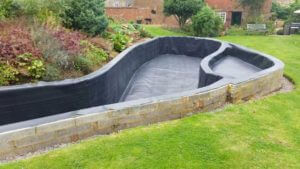






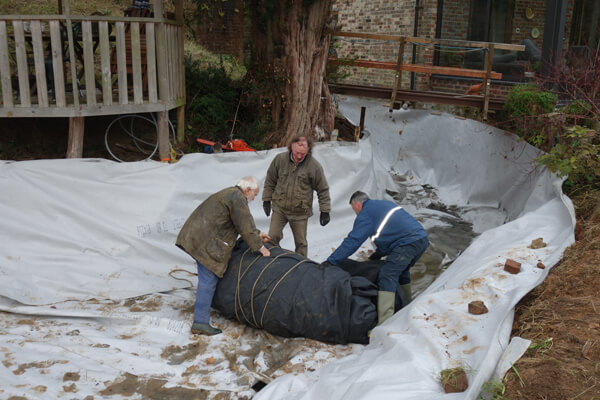
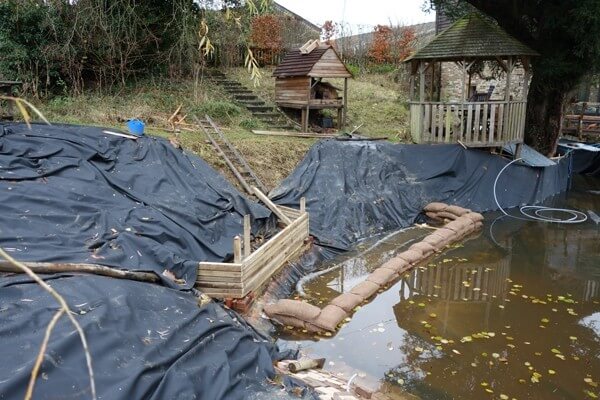
 aking your own compost, it is important to remember that aeration is vital for the organic matter to break down properly. So, when comparing a standing compost bin to a tumbling compost bin, there are a few factors you need to consider. Firstly, a tumbling compost bin does exactly what its names states – it tumbles – and the rotating function is what ensures that the organic waste gets the aeration it needs to decompose and produce high quality compost. If you use a standing bin, you would need to aerate the compost yourself with a shovel or garden pick. This process is not as effective and it means more effort for you and may ultimately cause damage to the bin itself as well. The second point to consider is the strength and durability of the bin. A tumbling compost bin is made of stronger heavy-duty materials as it is designed to support the full load of the compost.
aking your own compost, it is important to remember that aeration is vital for the organic matter to break down properly. So, when comparing a standing compost bin to a tumbling compost bin, there are a few factors you need to consider. Firstly, a tumbling compost bin does exactly what its names states – it tumbles – and the rotating function is what ensures that the organic waste gets the aeration it needs to decompose and produce high quality compost. If you use a standing bin, you would need to aerate the compost yourself with a shovel or garden pick. This process is not as effective and it means more effort for you and may ultimately cause damage to the bin itself as well. The second point to consider is the strength and durability of the bin. A tumbling compost bin is made of stronger heavy-duty materials as it is designed to support the full load of the compost.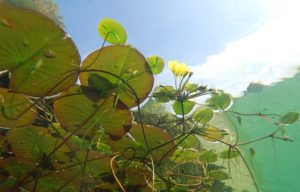
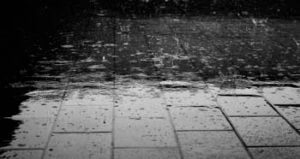 So, what is the relevance of all this? To put it simply, as our towns and cities expand so does the amount of impervious ground cover over which rain has to pass before going down a storm water drain or finding ground it can seep into. Our gardens are no different with patios and driveways having a negative impact during periods of high rainfall. Rainwater run-off is precipitation that doesn’t soak into the ground. This can be due to the ground being saturated, having a non-porous soil type or man-made surfaces preventing water being absorbed into the ground. Rainwater run-off can become a problem when it carries with it leaves and other debris. If this water should then flow into your pond it will affect the health of your pond by reducing the waters oxygen levels.
So, what is the relevance of all this? To put it simply, as our towns and cities expand so does the amount of impervious ground cover over which rain has to pass before going down a storm water drain or finding ground it can seep into. Our gardens are no different with patios and driveways having a negative impact during periods of high rainfall. Rainwater run-off is precipitation that doesn’t soak into the ground. This can be due to the ground being saturated, having a non-porous soil type or man-made surfaces preventing water being absorbed into the ground. Rainwater run-off can become a problem when it carries with it leaves and other debris. If this water should then flow into your pond it will affect the health of your pond by reducing the waters oxygen levels.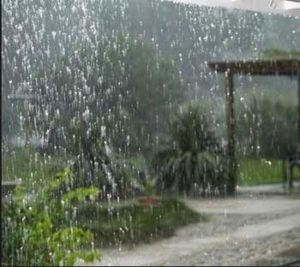
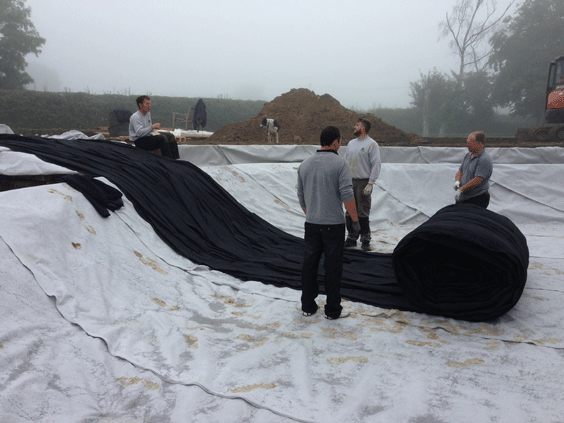
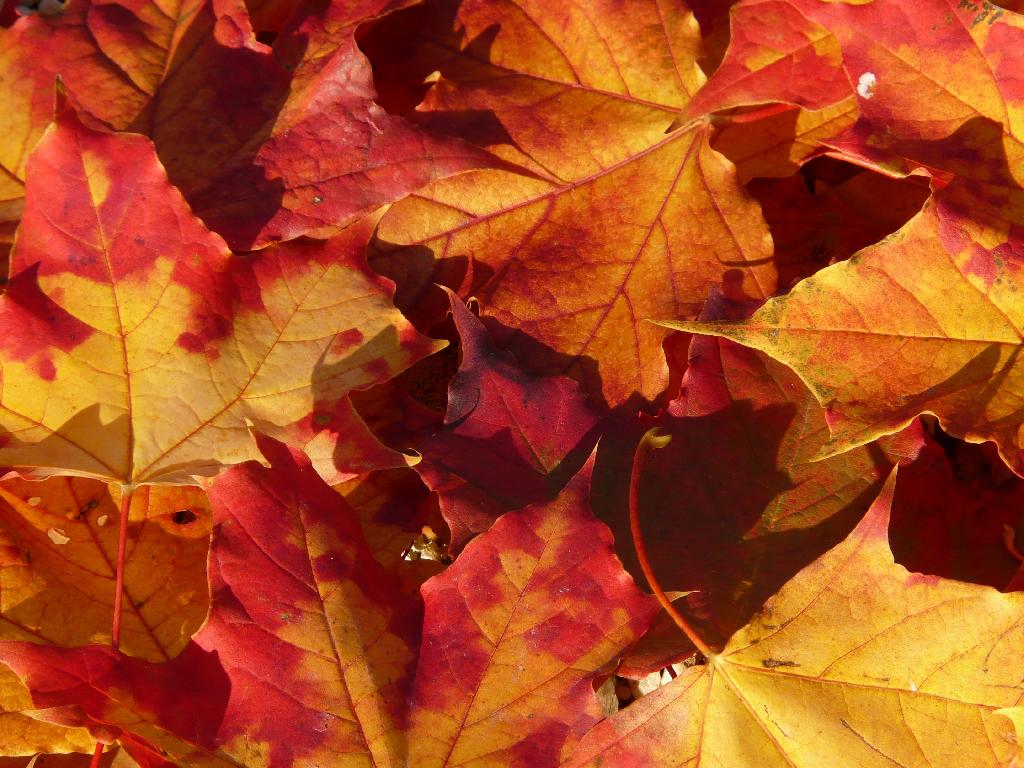
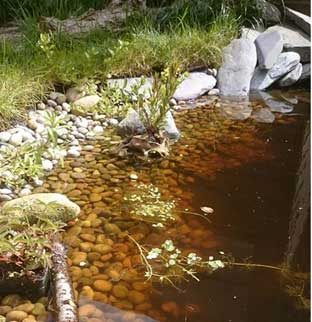
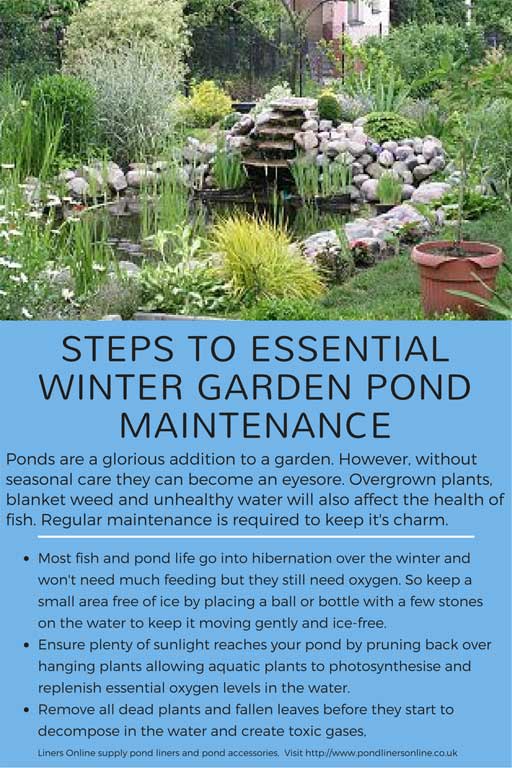
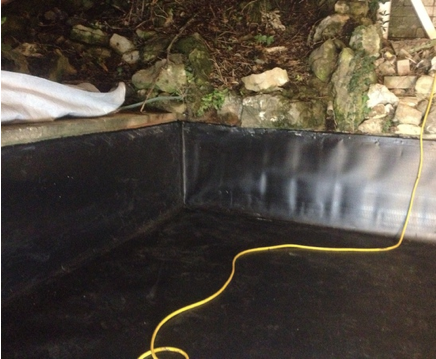 Formal ponds take inspiration from classic architecture. They are built to a symmetrical design where perfectly straight or arched lines are used to create the shape. Designs typically include square, rectangular and circular sides – or a combination of these to create an ornate design. Hexagonal formal ponds are less common but lends itself to a uniquely designed garden feature. Whether a formal pond is built at ground-level or raised above and supported by a retaining wall, the symmetrical shape is made water-tight by lining it with a protective underlay and pond liner.
Formal ponds take inspiration from classic architecture. They are built to a symmetrical design where perfectly straight or arched lines are used to create the shape. Designs typically include square, rectangular and circular sides – or a combination of these to create an ornate design. Hexagonal formal ponds are less common but lends itself to a uniquely designed garden feature. Whether a formal pond is built at ground-level or raised above and supported by a retaining wall, the symmetrical shape is made water-tight by lining it with a protective underlay and pond liner.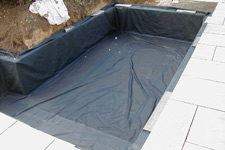
 us design is wanted, then a rubber pond liner can be hot-bonded together to give the same formal look as a box-welded pond liner. The most noted feature is that this type of liner is free from folds and creases giving a pond a formal, neat appearance. Butyl or Epalyn are used because they are very flexible, durable and can be readily manipulated into a vertical sided shaped pond.
us design is wanted, then a rubber pond liner can be hot-bonded together to give the same formal look as a box-welded pond liner. The most noted feature is that this type of liner is free from folds and creases giving a pond a formal, neat appearance. Butyl or Epalyn are used because they are very flexible, durable and can be readily manipulated into a vertical sided shaped pond.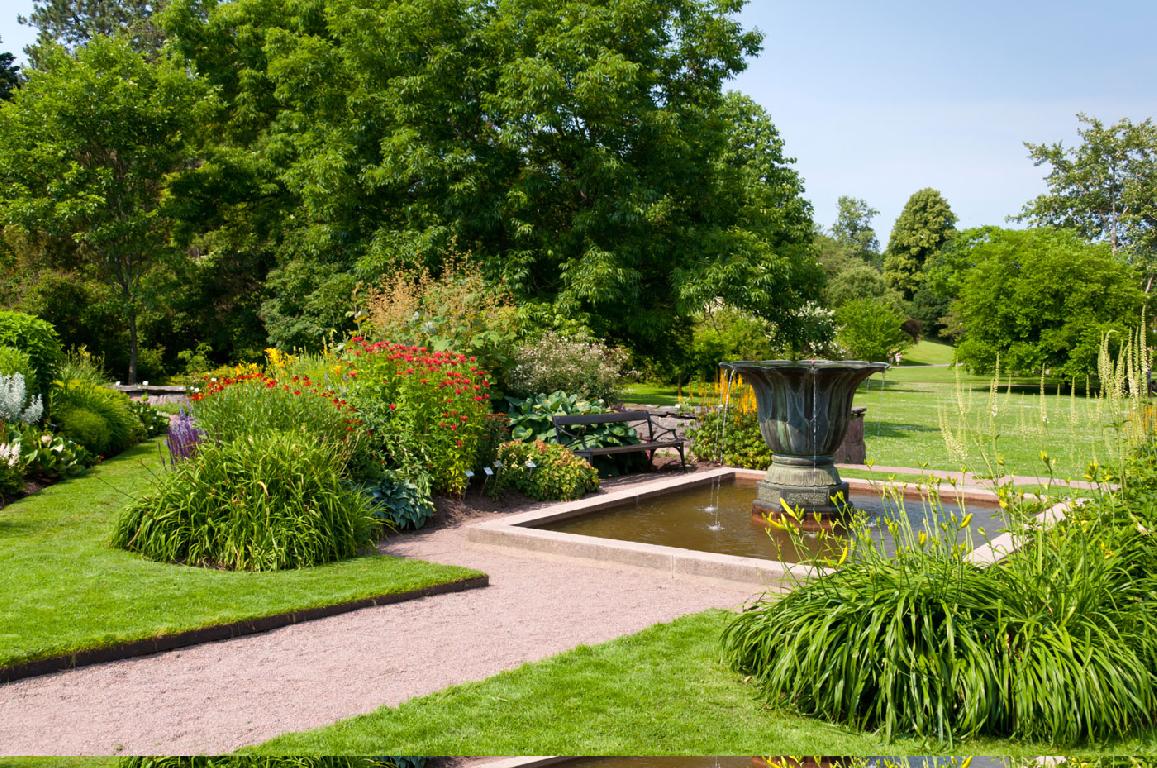
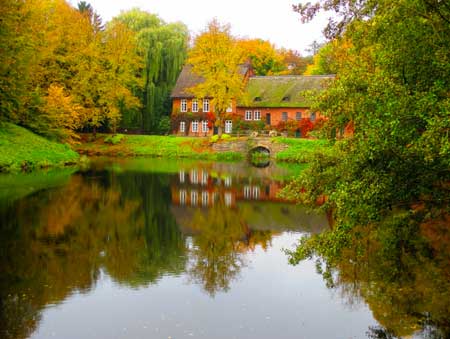 cleaning
cleaning